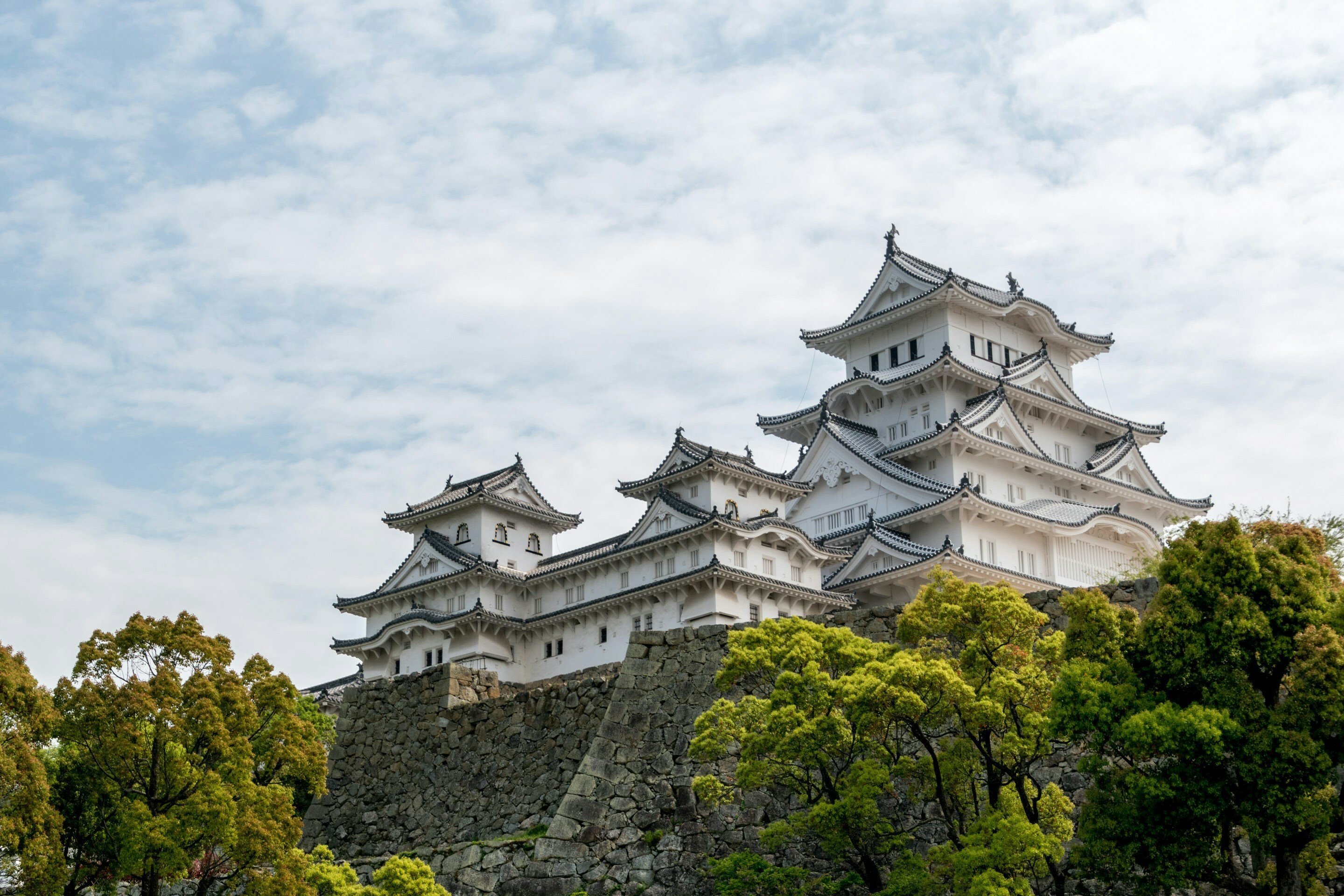Time: 2024-07-04

Japan has seen a significant increase in tourist numbers, with a record 252,900 Australians travelling to the country in the first quarter of this year. The weakened yen has attracted tourists to popular sites like Himeji Castle and Mount Fuji. In response to the influx of visitors, Japanese officials are considering adjusting entry fees for foreigners to historical sites like Himeji Castle.
The mayor of Himeji city, Hideyasu Kiyomoto, is contemplating raising entry fees for foreign tourists visiting Himeji Castle to 4500 yen, while local residents would pay a reduced fee of 700 yen. This move aims to address the disparity between one-time foreign visitors and regular local patrons to the UNESCO World Heritage site.
Amidst the tourism boom, Mount Fuji has introduced a mandatory climbing fee of 2000 yen for the Yoshida Trail, along with a daily cap of 4000 hikers. Similarly, some Japanese restaurants have implemented two-tier pricing systems, offering discounts to local residents to accommodate the surge in tourists.
In response to the challenges posed by increased tourism, businesses and attractions in Japan are adjusting their pricing strategies to manage the effects of over-tourism. While the price increase for tourists remains relatively uncommon, discussions around the topic are gaining momentum as Japan grapples with balancing the economic benefits of tourism with the preservation of cultural sites and local environments.
As Japan continues to attract a growing number of tourists, the country faces the dilemma of balancing the economic benefits of tourism with the need to preserve its cultural heritage and natural landscapes. The proposed pricing adjustments for attractions like Himeji Castle and Mount Fuji signal a potential shift towards more sustainable tourism practices in Japan.
With Osaka considering implementing a fixed fee for overnight visitors ahead of the 2025 Expo, other regions may follow suit to manage the impact of tourism on local communities. The introduction of pricing strategies that differentiate between foreign tourists and local residents reflects a broader trend towards more equitable and sustainable tourism practices in Japan.
As Japan navigates the complexities of a booming tourism industry, finding the right balance between economic growth and environmental conservation will be crucial for ensuring the long-term sustainability of its tourism sector. By implementing innovative pricing policies and strategies, Japan can continue to attract visitors while safeguarding its cultural heritage and natural resources for future generations.